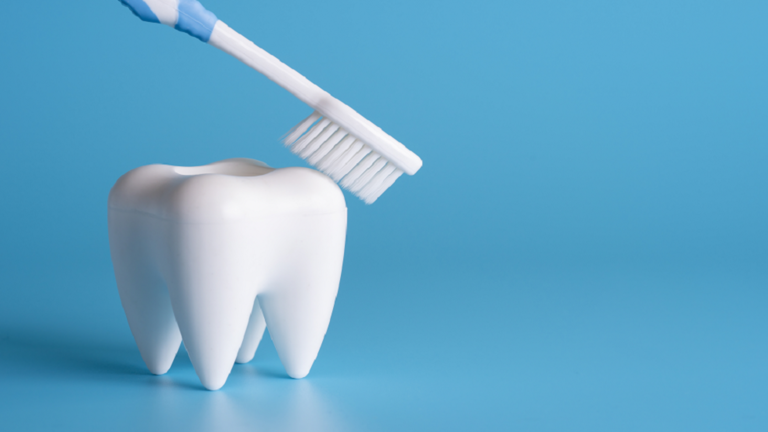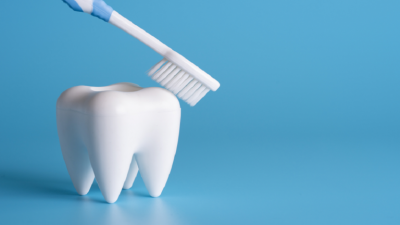Just as many people have swapped their manual toothbrushes for electric ones, robots may usher in a new era of dental cleaning. Scientists have developed a swarm of shape-shifting micro-robots that they claim can clean and rinse your teeth all at once. In a proof-of-concept study, researchers from the University of Pennsylvania demonstrated that a hands-free system can effectively automate the treatment and removal of bacteria causing tooth decay. Experts have stated that this system could be particularly valuable for those lacking the manual dexterity to clean their teeth effectively.
The building blocks for these micro-robots are nanoparticles of iron oxide that possess catalytic and magnetic activity. By using a magnetic field, the researchers were able to direct their movement and formation to create structures resembling bristles that remove plaque from the broad surfaces of teeth or long threads that can slide between teeth. In both cases, the catalytic reaction prompts the nanoparticles to produce antimicrobials that kill harmful oral bacteria.
The team conducted experiments on both artificial and real human teeth and found that the microbes could shift into a variety of forms to nearly eliminate the slimy biofilms that lead to tooth decay and gum disease. Study co-author Hyun Ko, a professor in the Department of Orthodontics at the University of Pennsylvania School of Dental Medicine, commented, "Routine oral care can be burdensome and pose challenges for many people, especially those who have difficulty cleaning their teeth. You have to brush, then floss, then rinse; it’s a multi-step manual process. The major innovation here is that the robots can do all three tasks automatically — a 'three-in-one' system without the use of hands."
Study author Edward Steiger, a senior researcher at the School of Engineering and Applied Science at the University of Pennsylvania, remarked, "The nanoparticles can be shaped and controlled using magnetic fields in remarkable ways. We’re forming bristles that can extend, sweep, and even move back and forth across a space, much like dental floss. The way it works is akin to how a robotic arm can reach out and clean a surface. The system can be programmed to assemble the nanoparticles and control their movement automatically."
Ko added, "The design of the toothbrush has remained relatively unchanged for thousands of years." While the addition of electric motors has enhanced the basic "stick with bristles," the basic concept has remained the same. It is a technology that has not experienced significant disruption for decades.
The researchers optimized the movements of the tiny robots on a small board made from a tooth-like material. They then tested the robots' performance against the complex terrains of tooth surfaces, spaces between teeth, and gum lines, using 3D-printed dental models based on human dental scans from a dental clinic. Finally, they tested the micro-robots on real human teeth installed to simulate the positioning of teeth in the mouth cavity.
On these various surfaces, the researchers found that the microbotic system could effectively eliminate biofilms, removing all detectable pathogens. Ko stated, "It doesn’t matter if you have straight teeth or crooked teeth; it will adapt to different surfaces." The system can adjust to all angles and crevices within the mouth cavity. Importantly, the system is fully programmable as well.
The robotics scientists and engineers in the team utilized variations in the magnetic field to precisely tune the movements of the micro-robots, as well as to control the stiffness and length of the bristles. They found that the tips of the bristles can be stiff enough to remove biofilms yet soft enough to avoid damaging the gums.
The researchers believe that the customizable nature of the system could make it gentle enough for clinical use while also being tailored and able to adapt to the unique topographical designs of each patient’s oral cavity. Ko mentioned, "We have this technology that is as effective, if not more so, than brushing and flossing but does not require manual skill. We hope to see how this can assist the elderly and people with disabilities. We think it will disrupt current methods and significantly enhance oral health care."
The study was published in the journal ACS Nano.




